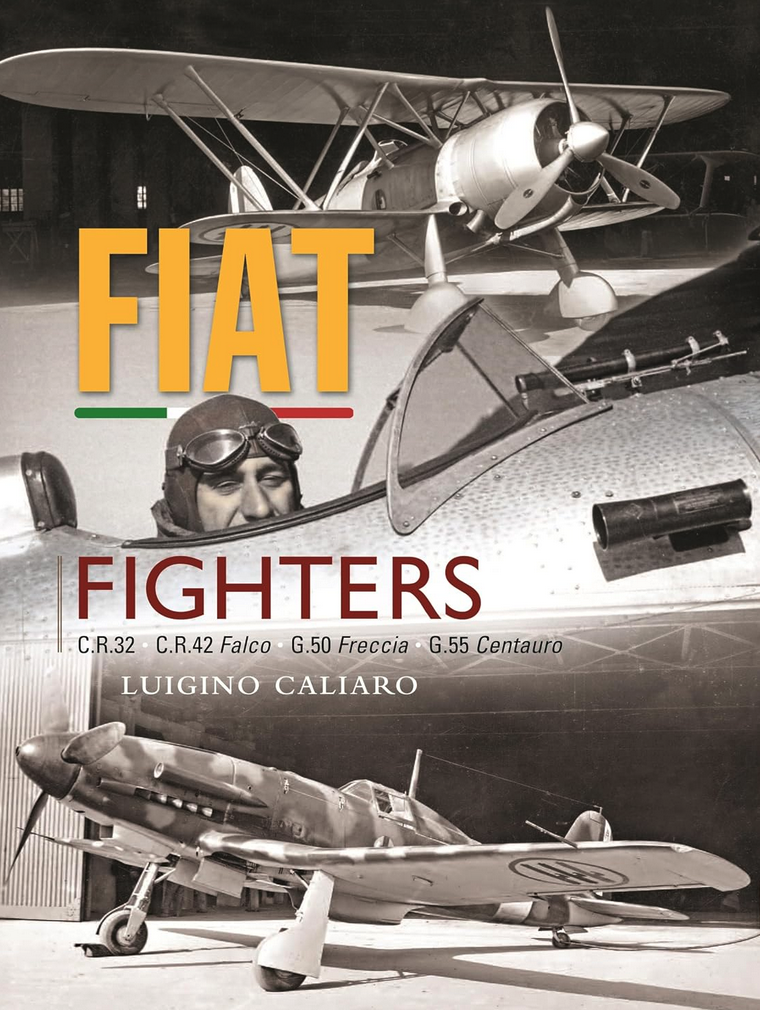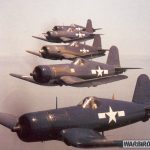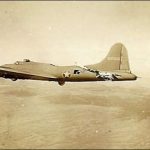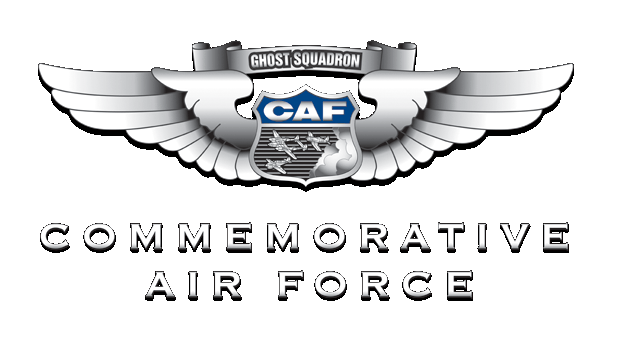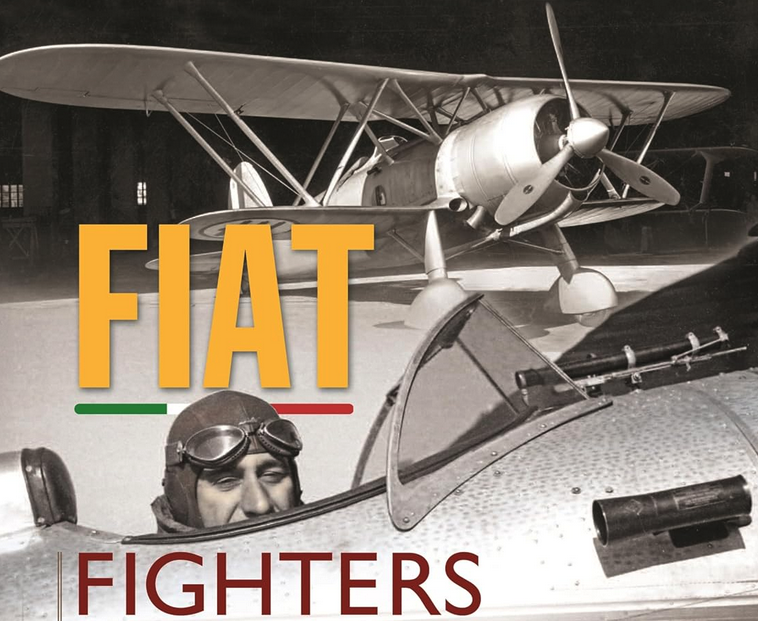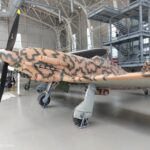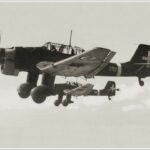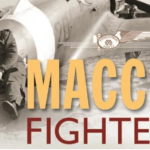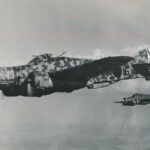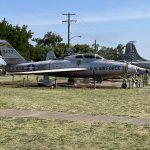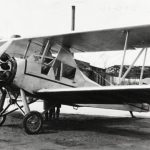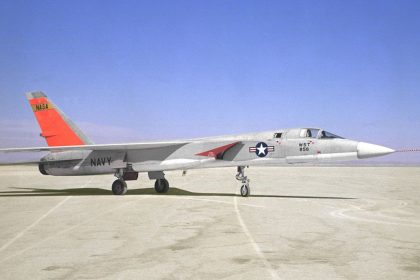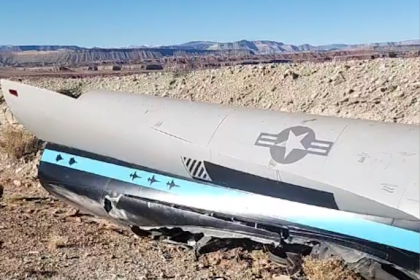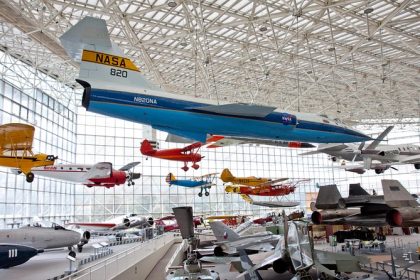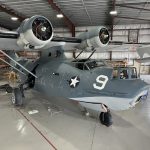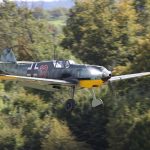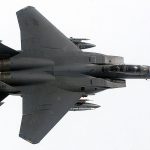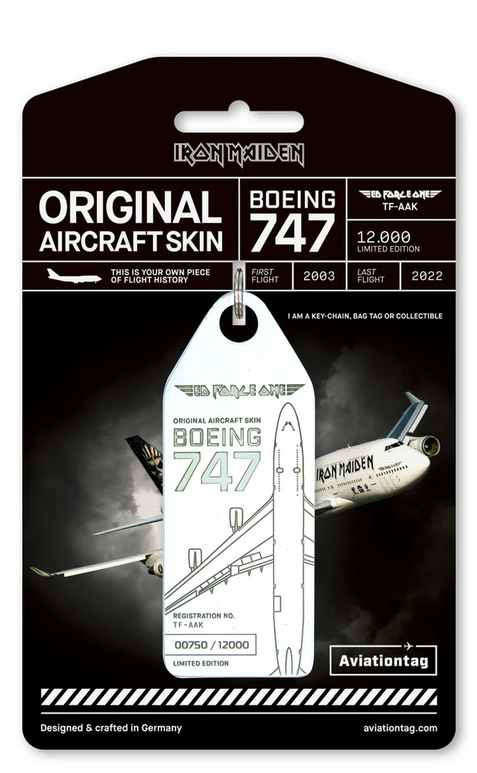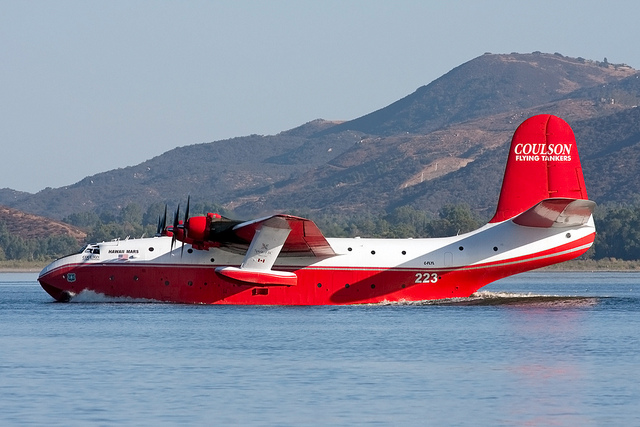Fiat Fighters, the second volume in Luigino Caliaro’s trilogy on Italian fighter aircraft of the Second World War, delves into the iconic designs produced by the Turin-based Fiat company. The first volume, “Macchi Fighters: C.200 Saetta, C.202 Folgore, C.205 Veltro,” detailed the design, development, and operational deployment of the three main fighters produced by the Varese-based Aeronautica Macchi during World War II. This book provides an in-depth exploration of Fiat’s long and illustrious history, beginning with the early biplane creations of the renowned engineer Celestino Rosatelli before focusing on four of the company’s most notable and successful aircraft.
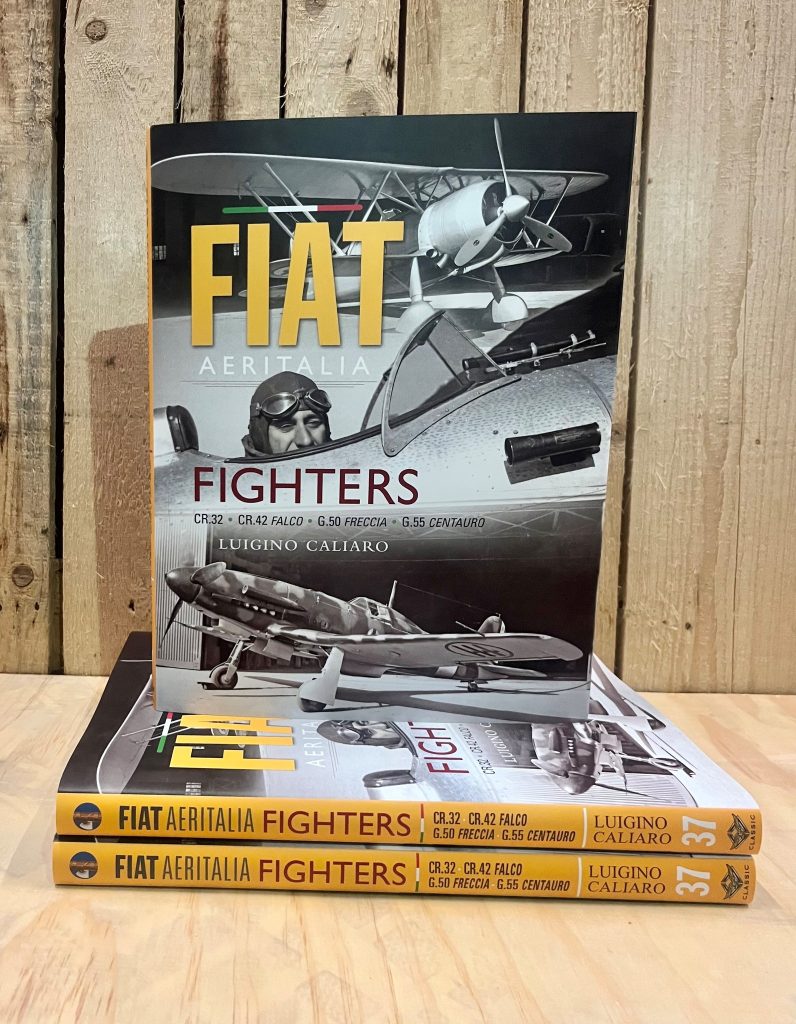
The CR.32 biplane, constructed of fabric-covered light alloy, emerged as one of the most outstanding fighters of the late 1930s. In addition to its service with the Regia Aeronautica during the Spanish Civil War, the CR.32 was also adopted by the air forces of China, Austria, Hungary, Paraguay, and Venezuela. Its successor, the CR.42 Falco, represented an evolution of Rosatelli’s earlier design and became the last single-seat biplane fighter produced by any of the belligerent nations of the Second World War. The CR.42 was exported to countries such as Belgium and Sweden and even served with the Luftwaffe. Its operational use spanned the Mediterranean, North Africa, the Balkans, and Iraq, and a night fighter variant was also developed.

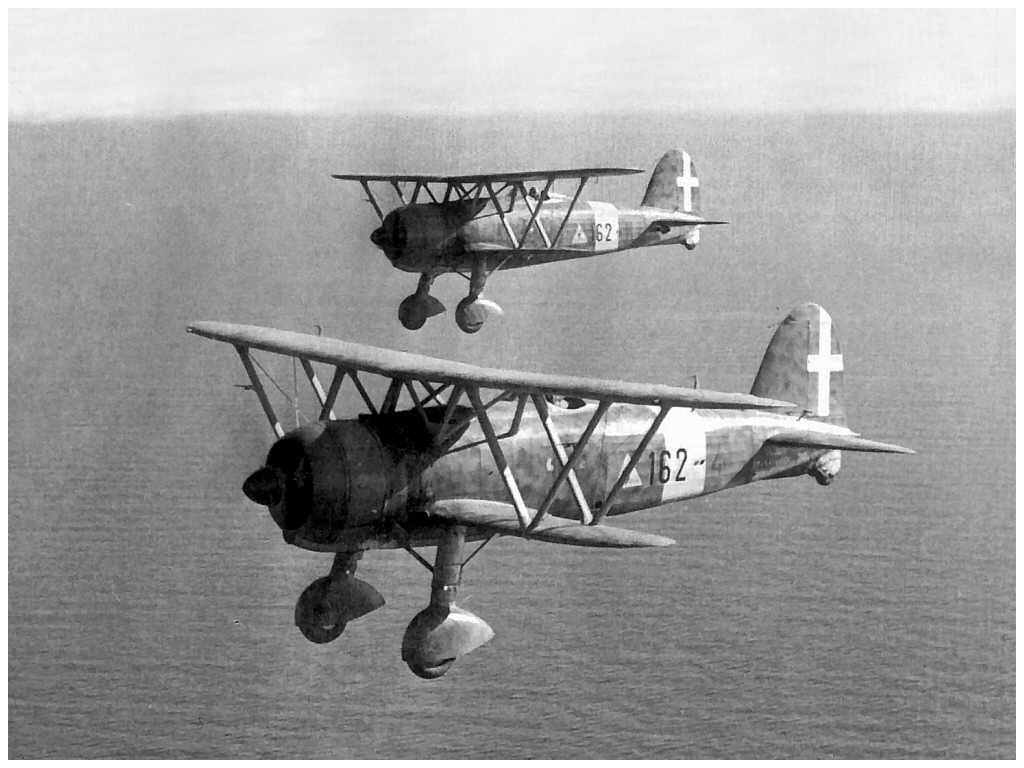
Two CR.42’s of 162a Squadriglia, 161° “Autonomous Terrestrial Fighter Group”, Aegean Islands 1940
Fiat’s contributions to monoplane fighters are equally significant. The G.50 Freccia, designed by Giuseppe Gabrielli, became Italy’s first all-metal, single-seat fighter equipped with a retractable undercarriage. Widely deployed in Spain, the Balkans, the Aegean, and North Africa, the G.50 was also supplied to Finland and Croatia. The G.55 Centauro, powered in its final form by the RA.1050 R.C.58 Tifone liquid-cooled engine—a license-built version of the German DB 605A-1—served both the Regia Aeronautica and the Aviazione Nazionale Repubblicana (ANR).
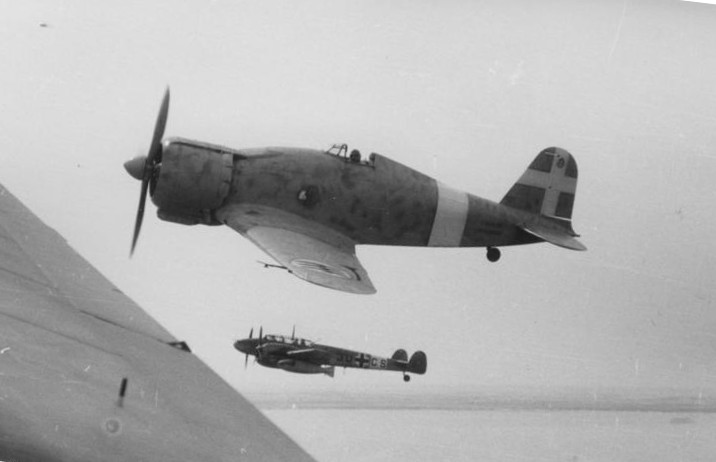
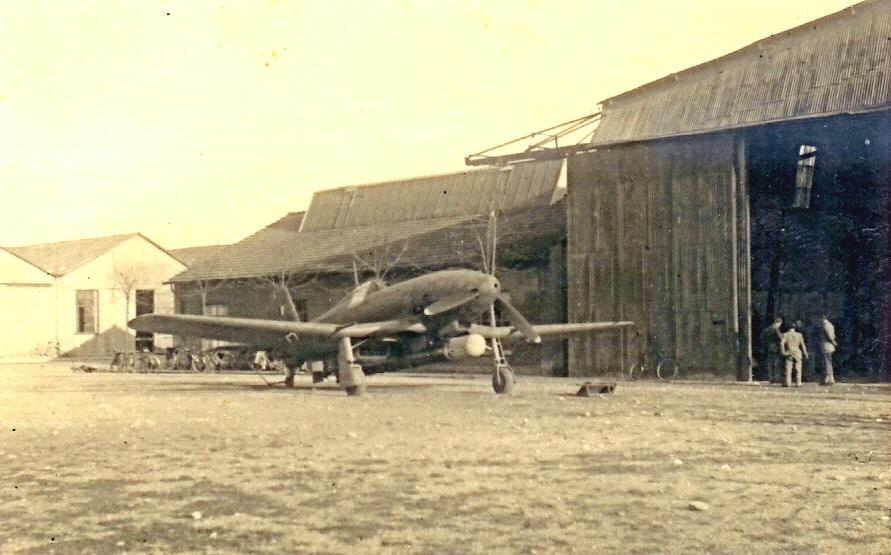
Drawing from company records and military archives, the book provides a comprehensive account of each aircraft’s design, development, and operational history. It examines their production, prototypes, technical specifications, and much more. Richly illustrated with hundreds of rare and intriguing photographs, this volume offers an invaluable resource for aviation history enthusiasts. The book is available on Amazon or on the publisher’s website.
